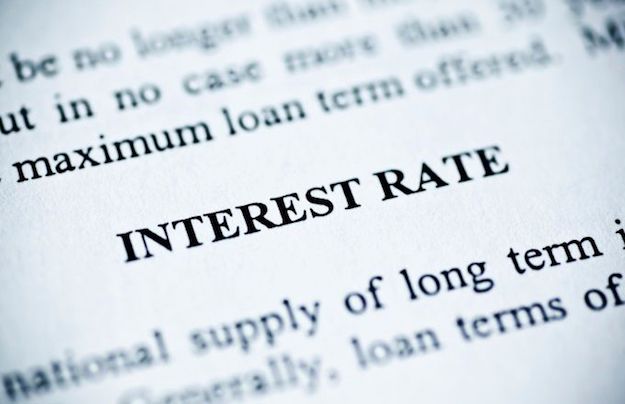Do you know your APR from your AER? Financial jargon and acronyms can be difficult to understand. However, if you’re looking to take out a loan, it’s important that you know how interest rates work, so you know how much you’ll be repaying. In this guide, we’ll take a look at how the interest rates on loans work.
Paying Interest to Borrow Money
There are a number of reasons why you may need to borrow money, from helping to pay unexpected bills, to affording home improvements. The total amount of money you pay back is determined by what’s known as the ‘interest rate’, plus any fees and charges that your lender may add, such as an arrangement fee.
An interest rate is usually expressed as an annual percentage, but this isn’t always the case, so ensure you check before signing any loan agreement.
When you take out a loan, the original loan amount is known as the ‘capital’. You pay back the capital plus the ‘interest’.
So, say you borrow £1,000 at an interest rate of 10% over a year. You would repay the £1,000 plus the 10% interest, which would be £100. This would mean that you would pay back £1,100 overall. If you borrowed the money over a longer
or shorter time, the amount you would repay in interest would differ.
Don’t Miss —
How to Take Out a Loan to Fund Your Business: A Complete Guide
All You Need to Know about the Eligibility Criteria for a Home Loan
Essential Tips for Taking out Student Loans
What is APR?
APR stands for Annual Percentage Rate. When you’re looking for a loan, you’ll often see the ‘representative APR’ listed. This means that over half the people who apply for and are given a loan with this provider are given this rate.
For this reason, you should always get a quote before you apply for a loan. However, you should keep in mind that some loans are only available with one fixed APR, so you’ll either be accepted or declined, not given a different rate.
APR varies slightly from the interest rate, as it includes not only the interest rate, but also any fees that are included for arranging the loan.
However, the APR is a useful tool for you when you’re looking for a loan. This is because it provides a benchmark for comparing similar products.
Do I Pay Tax on What I Borrow?
When you borrow money, you only need to pay back what you owe (plus any interest). This means that there’s no need to pay tax on it.

